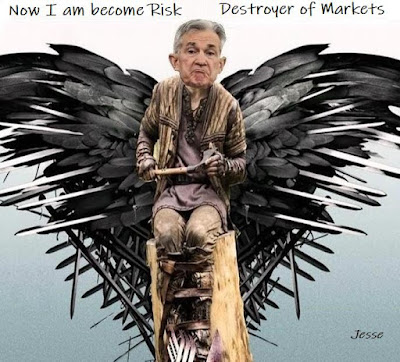Editor’s note: These remarks were delivered to a meeting of the Texas Lyceum in Austin on April 3, at a debate between University of Texas professor James Galbraith, an Observer contributing writer, and former House Majority Leader Richard Armey.
This is a panel on the crisis. Mr. Moderator, you ask what is the root cause? My reply is in three parts.
First, an idea. The idea that capitalism, for all its considerable virtues, is inherently self-stabilizing, that government and private business are adversaries rather than partners; the idea that freedom without responsibility is a viable business principle; the idea that regulation, in financial matters especially, can be dispensed with. We tried it, and we see the result.
Second, a person. It would not be right to blame any single person for these events, but if I had to choose one to name it would be a Texan, our own distinguished former Senator Phil Gramm. I’d cite specifically the repeal of the Glass-Steagall Act-the Gramm-Leach-Bliley Act-in 1999, after which it took less than a decade to reproduce all the pathologies that Glass-Steagall had been enacted to deal with in 1933. [It would be amiss not to mention the key enabling roles of Fed Chair Alan Greenspan, and Treasury Secretary Robert Rubin. Of course there were many more public faces and even high officials in this fellowship of malfeasance, a prolonged and malignant campaign of corruption and destructive greed. - Jesse]
I’d also cite the Commodity Futures Modernization Act, slipped into an 11,000-page appropriations bill in December 2000 as Congress was adjourning following Bush v. Gore. This measure deregulated energy futures trading, enabling Enron and legitimating credit-default swaps, and creating a massive vector for the transmission of financial risk throughout the global system.
Third, a policy. This was the abandonment of state responsibility for financial regulation: the regulation of mortgage originations, of underwriting, and of securitization. This abandonment was not subtle: The first head of the Office of Thrift Supervision in the George W. Bush administration came to a press conference on one occasion with a stack of copies of the Federal Register and a chainsaw. A chainsaw. The message was clear. And it led to the explosion of liars’ loans, neutron loans (which destroy people but leave buildings intact), and toxic waste. That these were terms of art in finance tells you what you need to know.
The consequence of tolerating this and like behavior is a collapse of trust, a collapse of asset values, and a collapse of the financial system. That is what has happened, and what we have to deal with now.
James K. Galbraith, Causes of the Crisis, The Texas Observer, May 1, 2009
"Greenspan played a double role. The Fed controls the money spigot, and in the early years of this decade, he turned it on full force. But the Fed is also a regulator. If you appoint an anti-regulator as your enforcer, you know what kind of enforcement you’ll get. A flood of liquidity combined with the failed levees of regulation proved disastrous.
Greenspan presided over not one but two financial bubbles. After the high-tech bubble popped, in 2000–2001, he helped inflate the housing bubble. [Yellen and Powell from the Fed for the hat trick bubble three, ongoing. - Jesse]
The administration talked about confidence building, but what it delivered was actually a confidence trick. If the administration had really wanted to restore confidence in the financial system, it would have begun by addressing the underlying problems—the flawed incentive structures and the inadequate regulatory system."
Jesse, Five Critical Decisions Leading to Our Financial Crisis: Joe Stiglitz Presents His Analysis
hat trick, noun, three achievements of the same kind, especially within a limited period of time (orig. game of cricket)
Stocks moved higher today.
The Dollar rose a bit.
Gold and silver rallied.
The VIX fell.
Besides earnings reports it is likely that the Non-Farm Payrolls on Friday, and the data that leads up to it, are likely to be short term market movers.
Have a pleasant evening.







































